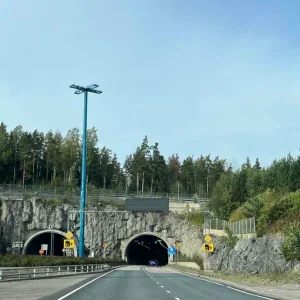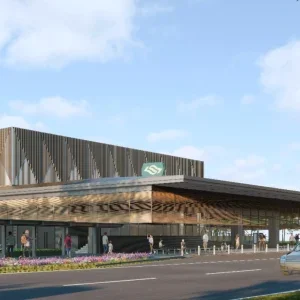The tunnel drilling package will involve the excavation of soil and rock using controlled blast and drilling methods, rather than TBM, to form a D-shaped tunnel leading to the proposed site of the underground powerhouse cavern.
This tunnelling will complement surface geological investigations, which together will provide a detailed understanding of ground conditions to inform detailed design of the project and how it is best delivered.

The works will be accompanied by the required environmental approvals and once complete, the excavated tunnel will be repurposed to become a permanent cable tunnel.
The EOI release follows the co-ordinator-general’s coordinated project declaration on October 12, signalling the start of the assessment of social, economic and environmental matters before the Borumba Project’s Main Works can begin.
The A$14.2bn (£7.4bn) project involves building a new upper reservoir, as well as a new dam wall to replace the existing Borumba Dam wall and increase Lake Borumba’s storage capacity from 46 to 224 gigalitres. It will include an underground power station and pump turbines, and underground tunnels to transfer water between the upper and lower reservoirs, as well as cable and access tunnels.







